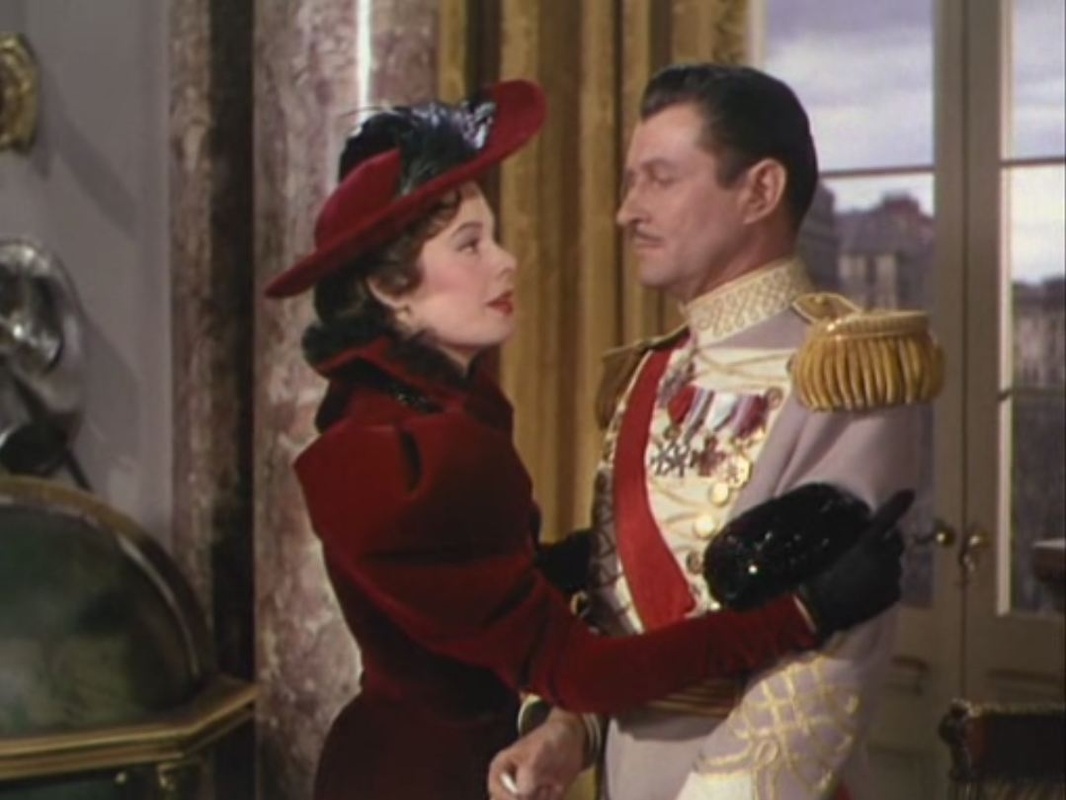
Newman provided a bounty of themes in the Wagnerian "leitmotif" tradition, with memorable signatures for the film's hero, villain and love interests, and a noble hymn for the mythical country of Ruritania.

The 1937 Selznick film had been scored by Alfred Newman, then music director for Samuel Goldwyn, who would soon compose such legendary efforts as Gunga Din and The Hunchback of Notre Dame. Directed by the studio's Richard Thorpe and co-starring Deborah Kerr, Louis Calhern, James Mason and Jane Greer, the 1952 picture (in color) featured fine M-G-M production values and was well received and reviewed, if not regarded as highly as the '37 version. Granger proposed a "scene-by-scene" remake to offset the costs of Selznick's fee. In 1952, M-G-M bought the Selznick's picture remake rights for its star Stewart Granger ( King Solomon's Mines, Scaramouche), who had instigated the project after chancing upon a screening of the earlier film. Selznick and starring Ronald Colman, a classic of the genre. A popular sensation, it has been adapted for no less than eight film and television productions, from the silent era to present day, the most famous being a 1937 swashbuckler produced by David O.

Released by Special Arrangement With Turner Classic Movies Music.Īnthony Hope's 1894 swashbuckling novel The Prisoner of Zenda was a romantic adventure about a commoner called on to impersonate a king.


 0 kommentar(er)
0 kommentar(er)
